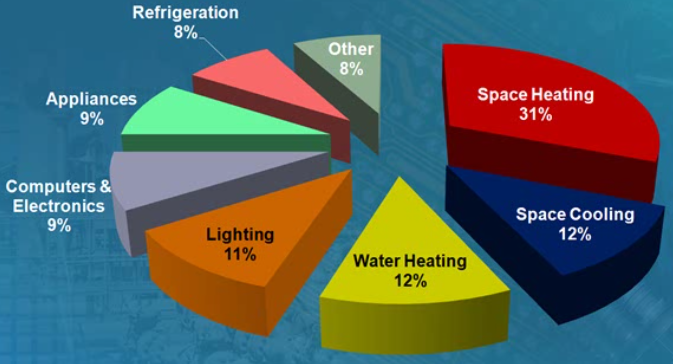|
Evaluating energy performance requires good information on how, when, and where energy is being used. Collecting and tracking this information is necessary for establishing baselines and managing energy use. Collect data The data must be complete and accurate because it will be used for analysis and goal setting. Inventory all energy purchased and generated on-site (electricity, gas, steam, waste fuels) in physical units (kWh, mMBtu, Mcf, lbs of steam, etc.) and on a cost basis. Assemble energy bills, meter readings, and other use data. Use a Tracking System A system for tracking performance can range from a simple spreadsheet to detailed databases and IT systems. Try out this handy spreadsheet. Benchmarking Once you have your yearly data totals it is recommended that you divide the units by 365 to get your average daily usages. This will be very helpful in setting daily targets for energy reductions. The next step is to install real-time energy monitors so that you can track and monitor on a daily basis. Daily Usage To really get a handle on energy use it is best to calculate the daily average and keep an eye on that change from month to month and year to year. For example: If you call our office we can also provide you with your daily usage as collected from our automated meter reading system. This can be helpful in determining high usage patterns that can be caused by additional appliance use due to seasonal issues or other household changes.
The energy usage in a typical home falls into these eight categories. Space heating and or water heating energy might be from gas or electric. Reducing energy usage can be accomplished by targeting one or more of these areas for conservation and energy efficiency measures. To start with you should track and measure your energy usage. |
Location |
|


 RSS Feed
RSS Feed